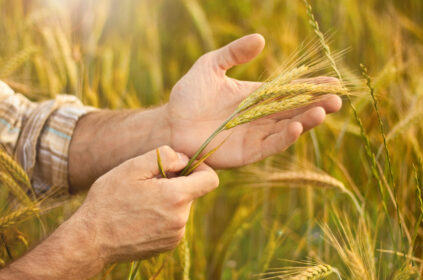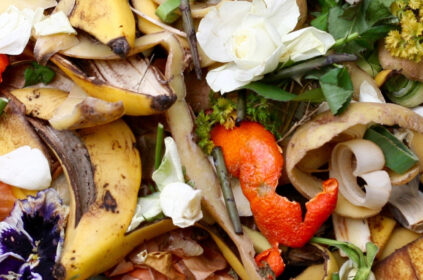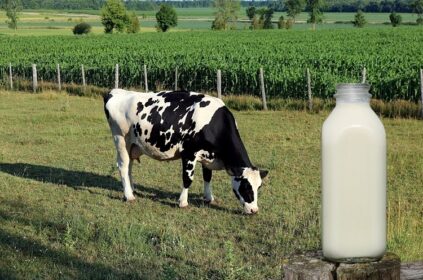The beauty dictatorship is affecting food. How many times have you rejected a tomato with strange format? What if we change this pattern? Is this the time of ugly vegetables?
We eat first with our eyes, but when it comes to food, inner beauty matters a lot. There are several establishments engaged in the sale of the underdog. In England, where 1.3 billion tons of viable food for consumption are thrown away every year, and up to 40% of the country’s vegetable production does not reach the consumer for not meeting aesthetic requirements of the supermarkets, Tesco launched the project “Wonky Vegetables“, who delivers weekly to customers fresh and ugly vegetables. Other supermarkets began to give discounts to consumers that purchase non-standard products. With support from celebrities such as chef Jamie Oliver, these campaigns took force.

In Portugal the scene is similar, 30% of the country’s fruit are discarded. At the consumer cooperative Fruta Feia (in English: Ugly Fruit), the main objective is to commercialize this production wasted and still create a movement to change these aesthetic standards. This new market is good for everyone and reduces the waste of natural resources in food that would go to garbage. It’s more than 16 tons of fruit-vegetables delivered every month! This project is similar to the Spanish Espigoladors, which collects these foods and distributes to needy families, community kitchens and transform into soups and jams, sold by the brand design, Es Im-perfect.
Another sensational initiative is the English startup Chic-P that produces a line of hummus (Arabic dish made with chickpeas) with raw vegetables. All products are made with ugly vegetables, are healthy, colorful and most important, they are tasty.

To learn more, I suggest the not so new video campaign “Inglorious Fruits and Vegetables” of French supermarket Intermarché. When will we have a system where the products are graded only by their quality and not by their appearance?
https://youtu.be/0o8jaJMBcxM
References: Digital Trends, The Guardian, Folha de São Paulo, The Greenest Post



















